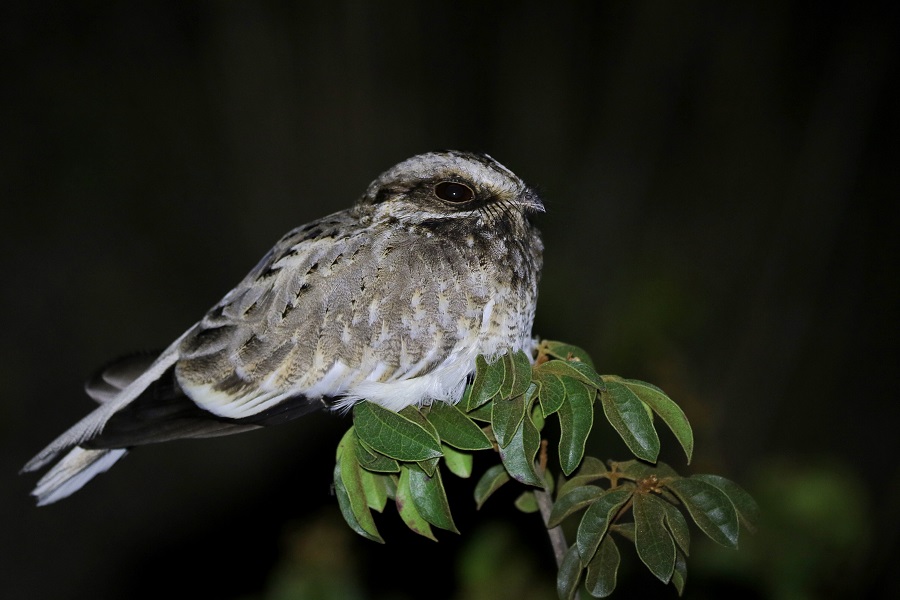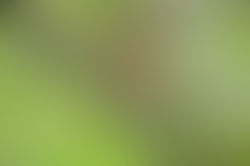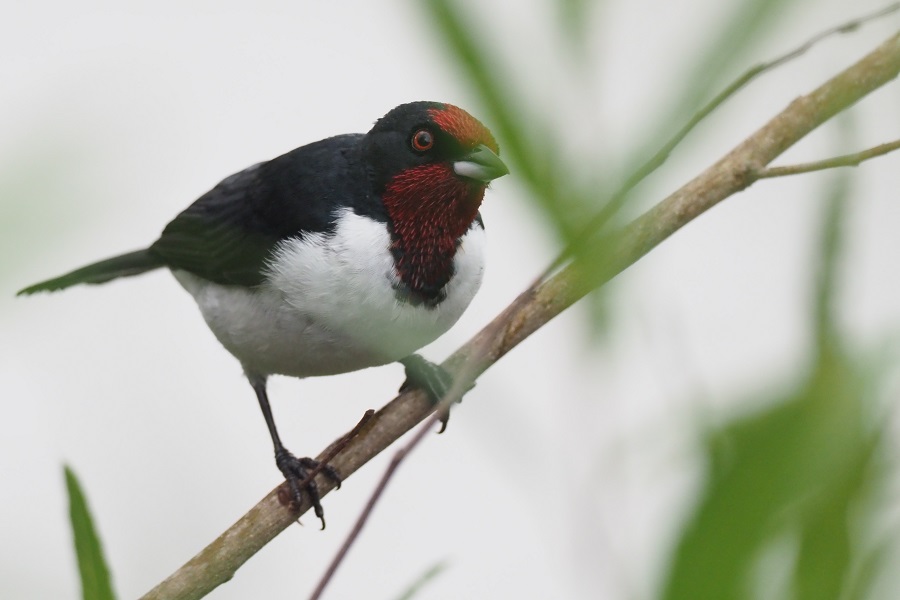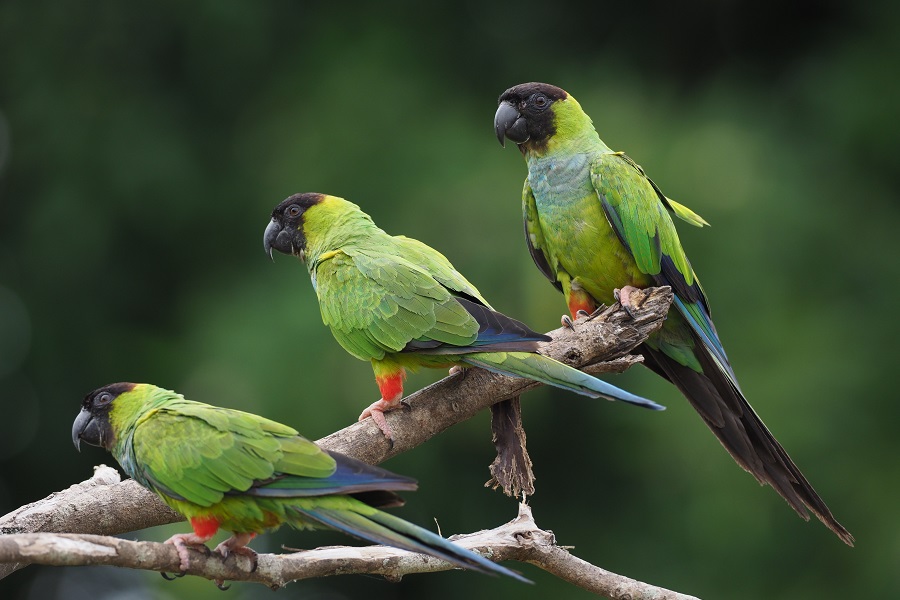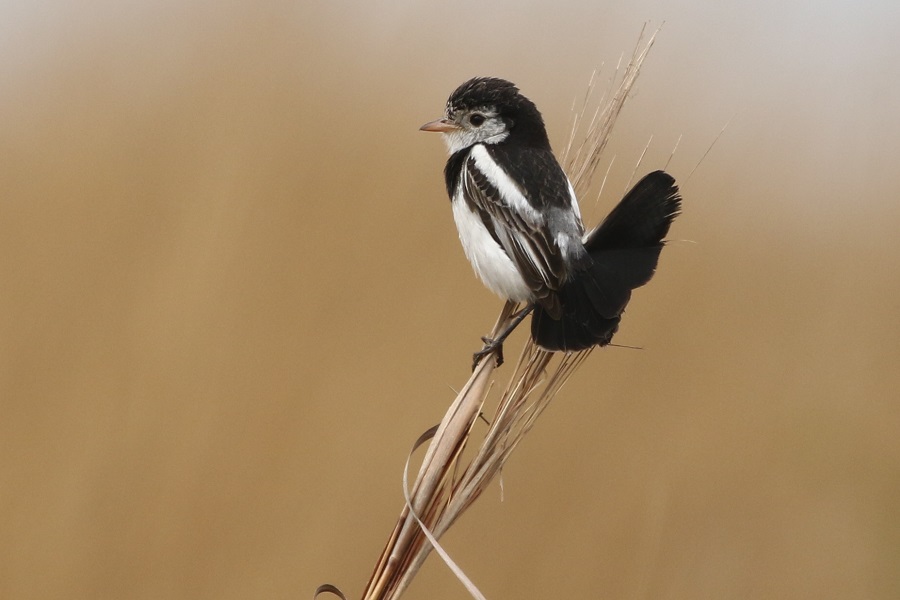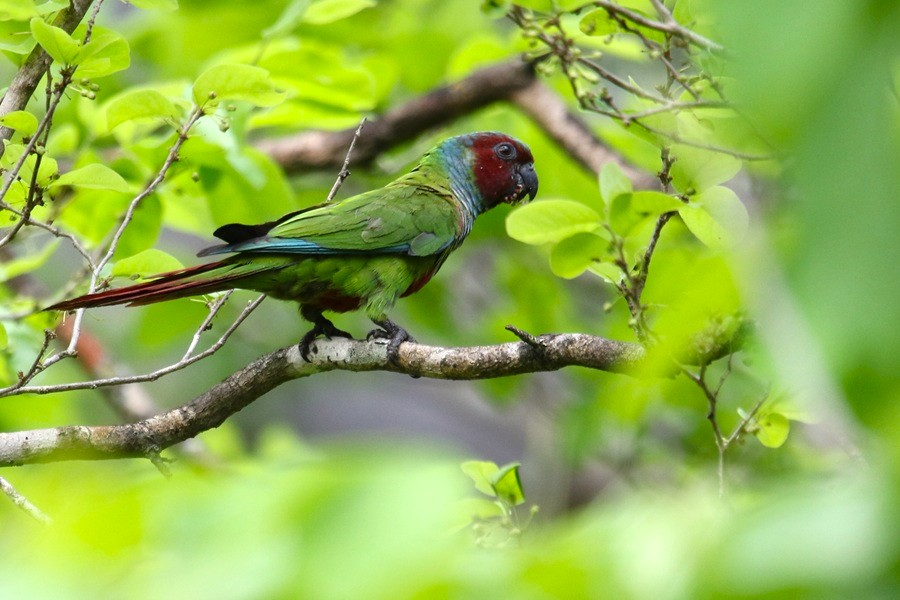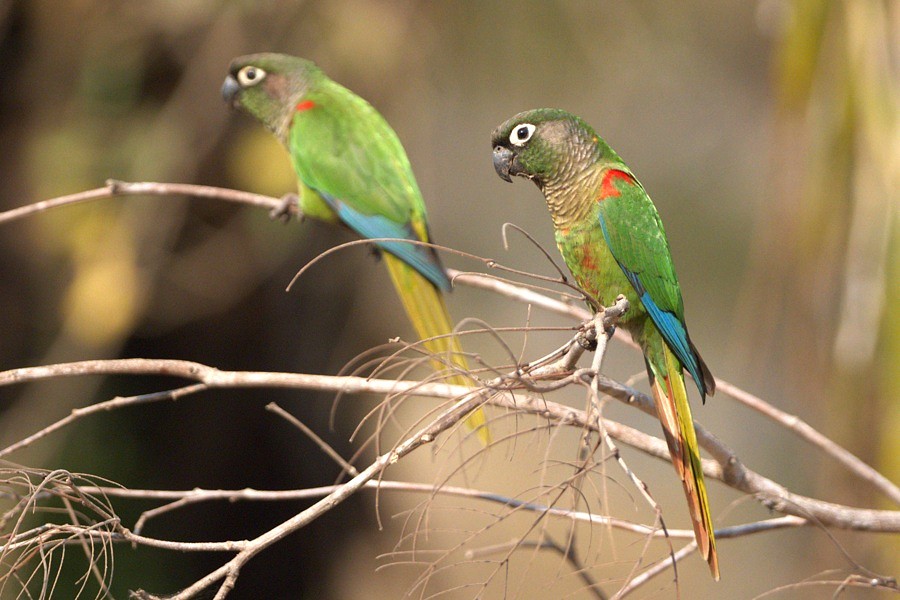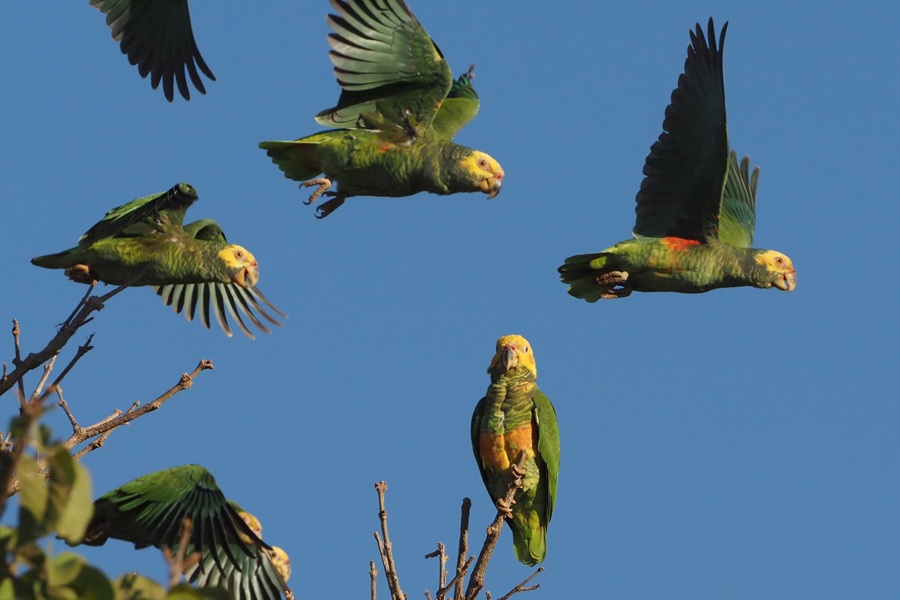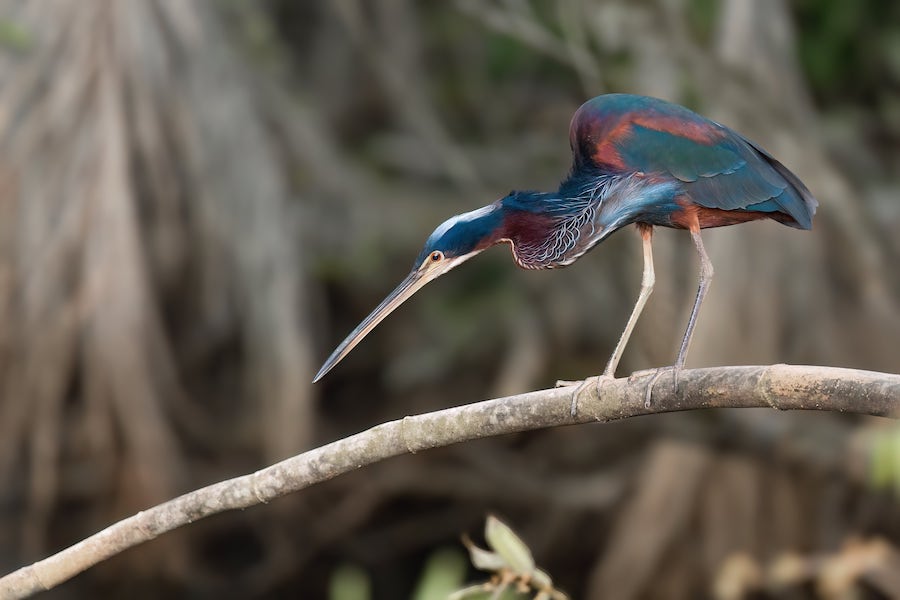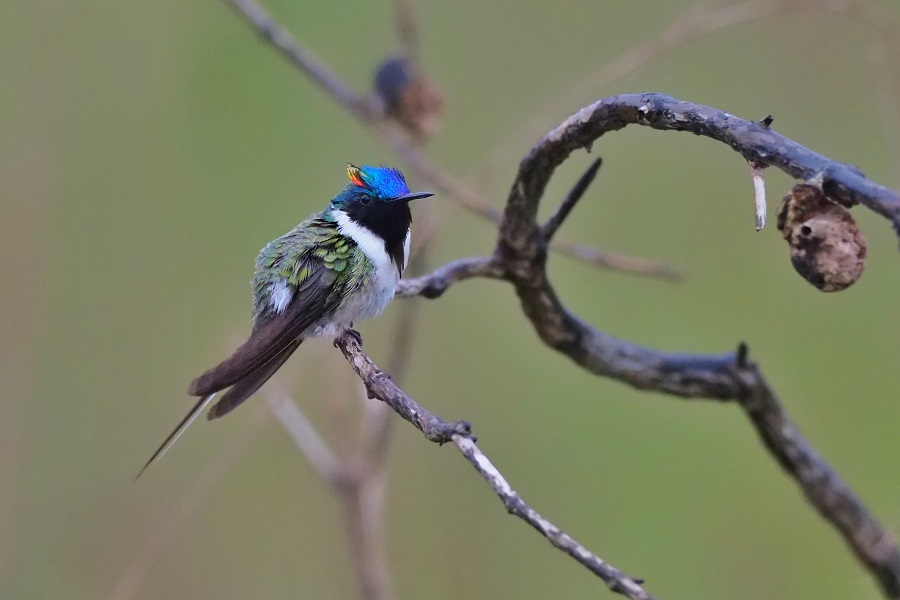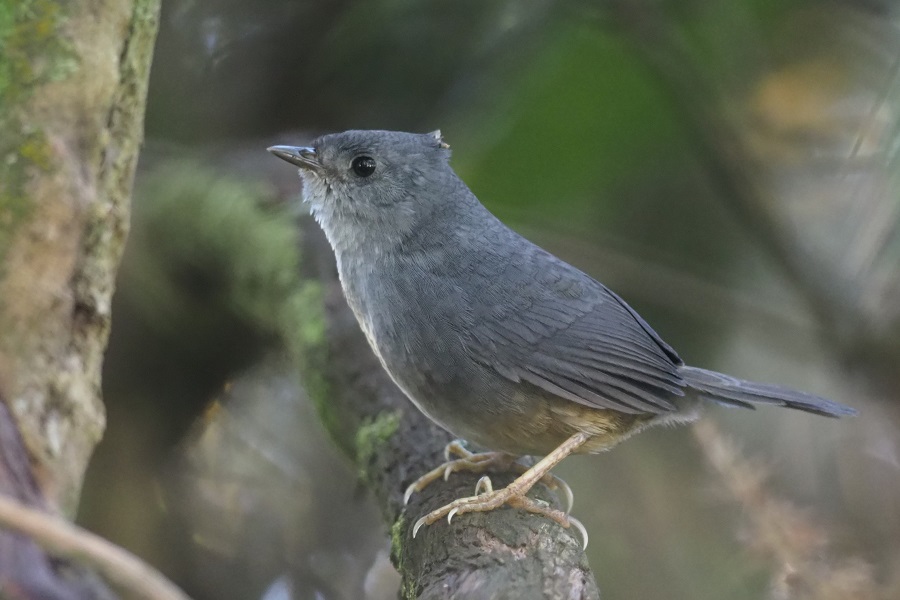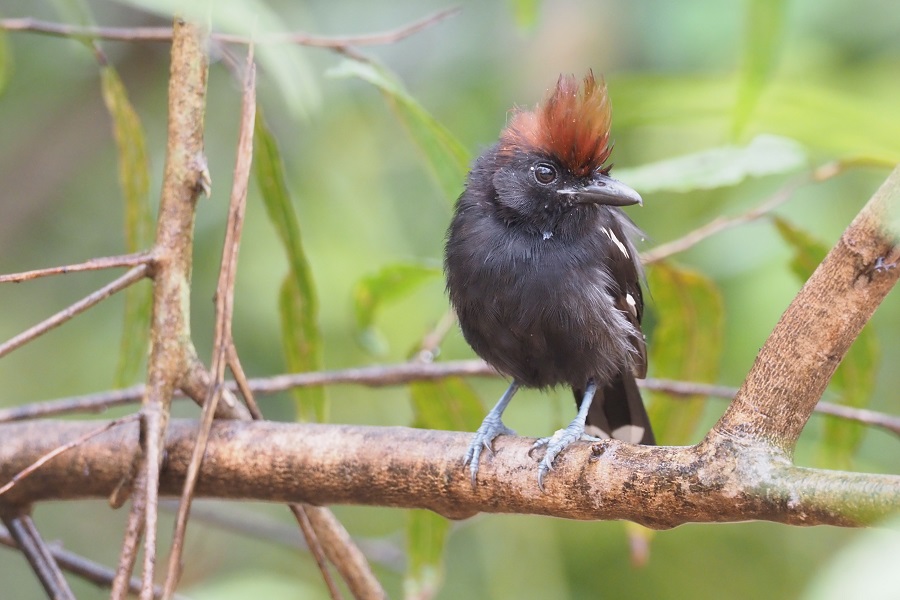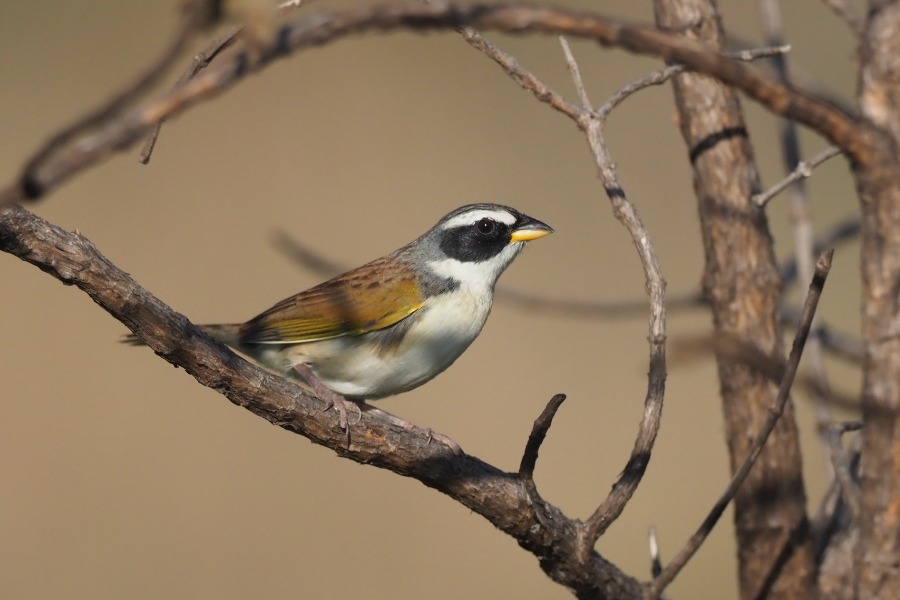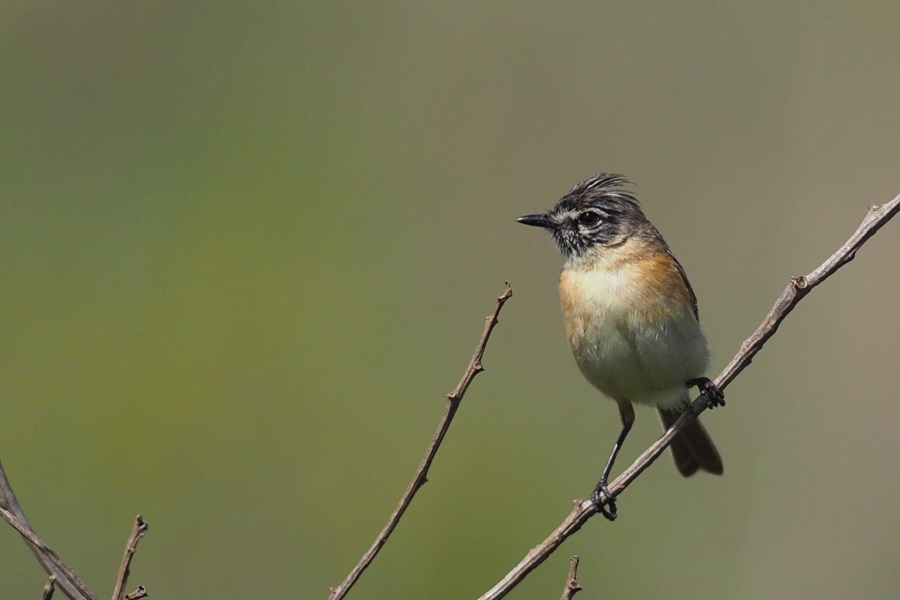Brazil: Emas & Tocantins
On this new, short itinerary, we will explore an amazing cross-section of the country's interior, from the Chaco/Cerrado transition in the southern Pantanal to the Cerrado/Amazon transition in Tocantins! This comfortable tour combines several hard-to-access endemics and regional specialties, including some of the most sought-after birds in South America. Highlights include the recently-rediscovered Kaempfer’s Woodpecker, the rare White-winged Nightjar and bizarre Sickle-winged Nightjar, Chaco Eagle, Pfrimer’s, Blaze-winged, and Jandaya Parakeets, Yellow-faced Parrot, Hyacinth Macaw, Bananal Antbird, Crimson-fronted Cardinal, and Cock-tailed Tyrant. Mammals such as Maned Wolf, Giant Anteater, Giant Otter, and Brazilian Tapir are all very high chances too!
Next Dates
2 October - 15 October 2025 (14 days)
Leaders:
Eduardo Patrial
Group Size Limit:
6
Single Room Supplement: $
500 USD
Deposit: $
750 USD
Price: $
5500 USD
Add a Title
Leaders:
Eduardo Patrial
Group Size Limit:
Add a Title
Single Room Supplement: $
TBD
Deposit: $
TBD
Price: $
TBD
Add a Title
Accommodation:
Comfortable throughout, but a couple of nights in Tocantins at a more basic guesthouse.
Walking difficulty:
Easy roadside and flat trail birding.
Tour cost includes:
All accommodation, main meals, drinking water, internal flights (as stated in itinerary), overland transport, tips to local drivers and guides, travel permits, entrance fees, and guide fees.
Tour cost excludes:
Flights before and after the tour start/end, visa, travel insurance, tips to tour leaders, laundry, drinks, and other items of a personal nature.


Day 1: Arrival in Campo Grande (CGR), capital of the state of Mato Grosso do Sul. Drive north to Chapadão do Céu in southern Goiás state. Night in Chapadão do Céu.
Day 2-3: We will have two full days to explore the impressive Cerrado from Emas National Park. Here, we will be looking for gems such as Lesser Nothura, the poorly-known White-winged Nightjar, imposing Chaco Eagle, and range-restricted Yellow-faced Parrot, plus Red-legged Seriema, Campo Miner, Planalto Foliage-gleaner, Large-billed Antwren, Collared Crescentchest, Cock-tailed Tyrant, Sharp-tailed Grass Tyrant, Rufous-sided Scrub Tyrant, Bearded Tachuri, Chapada Flycatcher, Streamer-tailed Tyrant, Helmeted Manakin, White-striped Warbler, Black-masked and Coal-crested Finches, Pearly-bellied Seedeater, and, with luck, the rare endemic Cone-billed Tanager. Emas is also a great place to look for Maned Wolf, so we will dedicate some effort toward finding this fascinating canid. Nights in Chapadão do Céu.
Day 4: Day transfer to south Pantanal, more precisely to the amazing Pousada Aguapé in the surroundings of Aquidauana, where we plan to arrive in the afternoon for some introductory birding. Early highlights could include Blue-and-yellow Macaw, Grey-crested Cacholote, Chaco Chachalaca, and others. Night at Pousada Aguapé.
Day 5: On our first full day in the Pantanal, we will enjoy a real feast of parrots in the early morning. Lodge feeders here are impressive, we should have closeup views of Hyacinth Macaw and Nanday Parakeet, both of which are somewhat localised near-endemics. Other birds joining the frenzy include Monk Parakeet, Plush-crested Jay, Greyish Baywing, Giant Cowbird, Yellow-billed Cardinal, and Red-crested Cardinal, while other visitors include Red-legged Seriema, Chestnut-eared Araçari, and even Six-banded Armadillo! Later, we will visit nearby semi-open habitat for one of our main targets, the localised Blaze-winged Parakeet. The site should also offer more interesting birds such as Bare-faced Curassow, White-fronted Woodpecker, Great Rufous Woodcreeper, Turquoise-fronted Amazon, Toco Toucan, Amazonian Motmot, and Blue-throated Piping Guan. Other highlights expected include Plumbeous Ibis, Long-tailed Ground Dove, Pale-crested Woodpecker, Chaco Puffbird, Red-shouldered Macaw, Golden-collared Macaw, Red-billed Scythebill, Chotoy Spinetail, Rusty-backed Antwren, Rufous Casiornis, Unicoloured Blackbird, and Rusty-collared and Dark-throated Seedeaters. The late afternoon and sunset time should be the ideal to find Giant Anteaters in the open fields. We can finish the day trying for the uncommon Black-banded Owl. Night at Pousada Aguapé.
Day 6: This morning, we will take a boat trip along the Aquidauana River. We will be looking for the uncommon Buff-bellied Hermit, as well as Henna-capped Foliage-gleaner, White-lored and Rusty-backed Spinetails, Mato Grosso Antbird, Fawn-breasted Wren. Some more widespread species include both Green-and-rufous and American Pygmy Kingfishers, Black-collared Hawk, Great Black Hawk, Blue-throated Piping Guan, Orange-backed Troupial, and Solitary Cacique. Still at Aguapé and surroundings, we will enjoy our time until our departure by mid-afternoon back to Campo Grande. Night near the airport in Campo Grande.
Day 7: Early morning flight from Campo Grande to Brasília. Hitting up some Cerrado in the afternoon at a site that holds the uncommon endemic Cinereous Warbling Finch, we will finish our day in search of the rare and diminutive Sickle-winged Nightjar. Night in Brasília.
Day 8: Early morning in Brasília to try for the rare and localised endemic Brasilia Tapaculo. After this, we will be driving north towards the Terra Ronca State Park and its impressive caves, on the border with Bahia state. Besides the Cerrado physiognomies that cover the area, the state park protects important limestone deciduous forest, home of the gorgeous and threatened Pfrimer’s Parakeet, which we will be looking for during the rest of the day. Night in guesthouse at Terra Ronca.
Day 9: Full day of birding at Terra Ronca State Park and adjacent habitats. We shall guarantee good views of the localised Pfrimer’s Parakeet and have time to search for some other endemics, such as the stunning Jandaya Parakeet, uncommon Outcrop Sabrewing, and Sao Francisco Black Tyrant. Covering deciduous forest, we hope to find Planalto Hermit, Sombre Hummingbird, Pheasant Cuckoo, Rusty-breasted Nunlet, Ochre-backed Woodpecker, Black-capped Antwren, Planalto Slaty Anntshrike, White-naped Jay, Campo Troupial and Scarlet-throated Tanager. While in the typical Cerrado, we can look for the amazing Horned Sungem, Checkered Woodpecker, and few other difficult ones like Rufous-sided Scrub Tyrant and Coal-crested Finch. Night at Terra Ronca.
Day 10: A fairly long drive to reach the lovely hills of Taquaruçu in Tocantins state. Here we will have more time to investigate another beautiful Cerrado area, mainly in search of the mesmerising Ocellated Crake (which normally comes to a feeding spot here) and the gorgeous Blue Finch, besides having more chances for several previously mentioned species. Night in Taquaruçu.
Day 11: This should be a memorable day, since we hope to put our eyes on the stunning and most-wanted endemic Celeus woodpecker: the recently rediscovered Kaempfer’s Woodpecker. For that, we will be checking bamboo clumps in tall Cerrado for much of the morning. We expect to find other goodies such as Caatinga Antwren, Southern White-fringed Antwren, Smoky-fronted Tody-Flycatcher, the rare Dot-eared Coquette, "Maranhao" Cinnamon-throated Hermit, Black-necked Araçari and some chance for the rare Blackish-blue Seedeater. Continuing west, we will reach our final and amazing destination of this bird-packed trip: the Ilha do Bananal at Canguçu Research Station on the banks of the Javaés River. We should arrive in the afternoon with time to look for some birds in the forest around our accommodation, like Great Potoo, Long-billed Woodcreeper, Amazonian Grosbeak, Rose-breasted Chat, and the local endemic Bananal Antbird. In the evening, we will remain alert for Brazilian Tapir, which normally comes to feed in the grounds. Night at Canguçu Research Station.
Day 12: Comfortably immersed in the wilderness of the Ilha do Bananal region, we will enjoy a fantastic time on the Javaés River, exploring banks and small islands up and down the river on a fast boat and spending more time on the trails around our base. On this day, we expect to see the endemic Crimson-fronted Cardinal, a new Certhiaxis Spinetail (‘Araguaia’ Spinetail), the rare "Bananal" White-lored Spinetail, Glossy Antshrike, and Chestnut-bellied Guan. Several other fantastic birds should be added to our list, including Orinoco Goose, Band-tailed Nighthawk, Ladder-tailed Nightjar, Red-throated Piping Guan, Agami Heron, hundreds of Hoatzins, Sunbittern, Blue-winged and Golden-collared Macaws, Striped Woodcreeper, Ochre-cheeked Spinetail, Amazonian Streaked Antwren, Band-tailed Antbird, Amazonian Antshrike, Amazonian Inezia, Amazonian Black Tyrant, Riverside Tyrant, Ringed Antpipit, Flame-crested Manakin, Pale-bellied Tyrant Manakin, Bare-necked and Purple-throated Fruitcrows, and more. Night at Canguçu Research Station.
Day 13: We will enjoy a full morning at Canguçu, spending more time along the river or forest trails in search of any possible missing target species. After a relaxed lunch, we will start our journey back to Palmas, the Tocantins state capital, to check in and celebrate the tour with a nice dinner. Night in Palmas.
Day 14: The tour ends this morning with connecting flights from Palmas Airport (PMW).
NOTE: We can also help arrange an extension to Alta Floresta, where there are several excellent birding lodges to explore at leisure with in-house guides. After flying to Alta Floresta Airport (AFL) via Cuiabá, three or four nights is a good length of time to stay at either the bird-packed Rio Azul Jungle Lodge, or the exquisitely luxurious Cristalino Jungle Lodge. Species lists at each site are similar, though Rio Azul is best for the endemic Bald Parrot. Other specialties include Dark-winged Trumpeter, Kawall’s Amazon, Alta Floresta Antpitta, Bare-eyed Antbird, and Tapajos Fire-eye.

